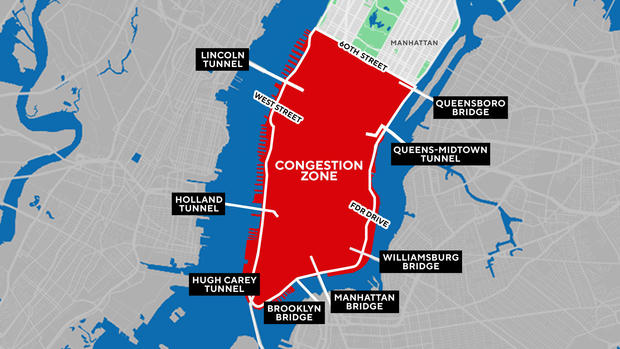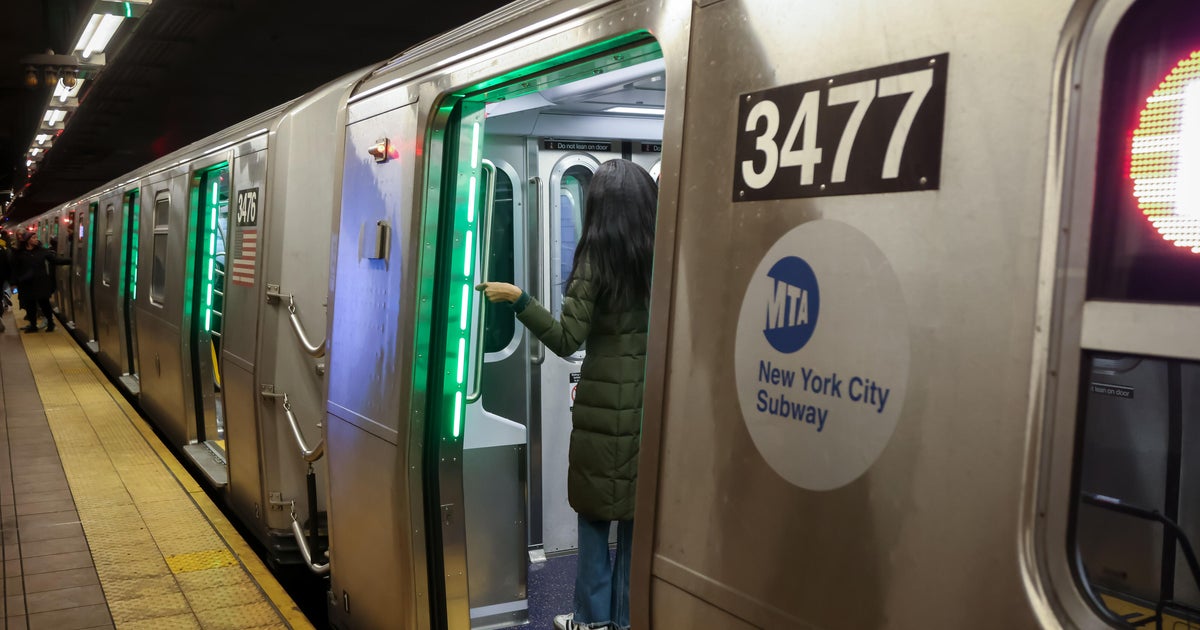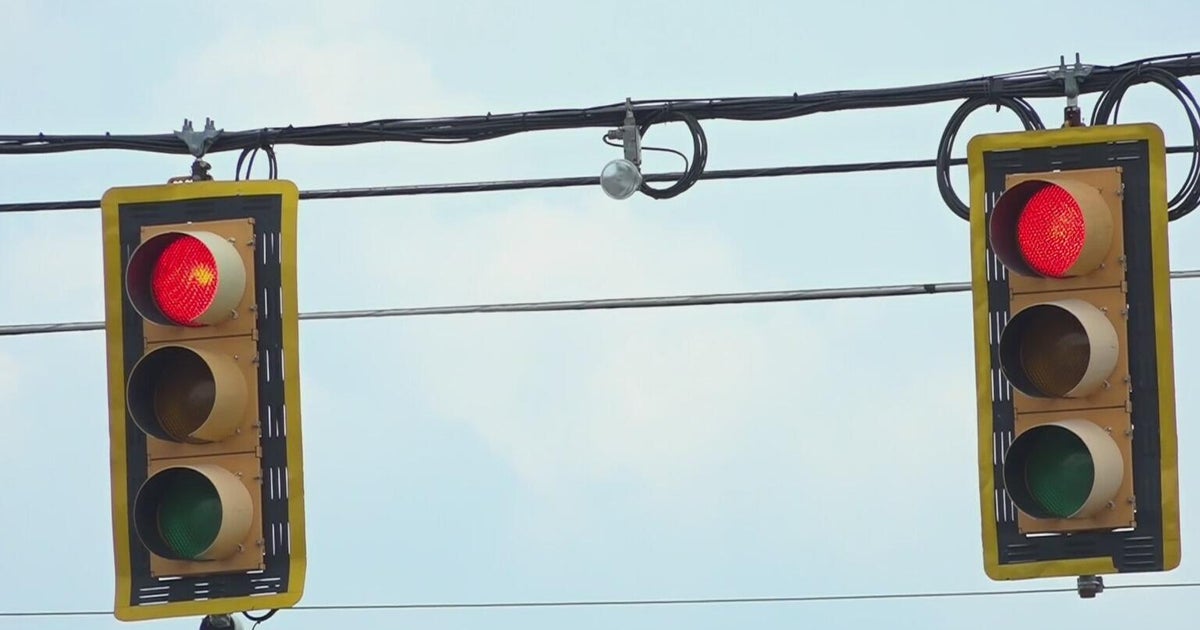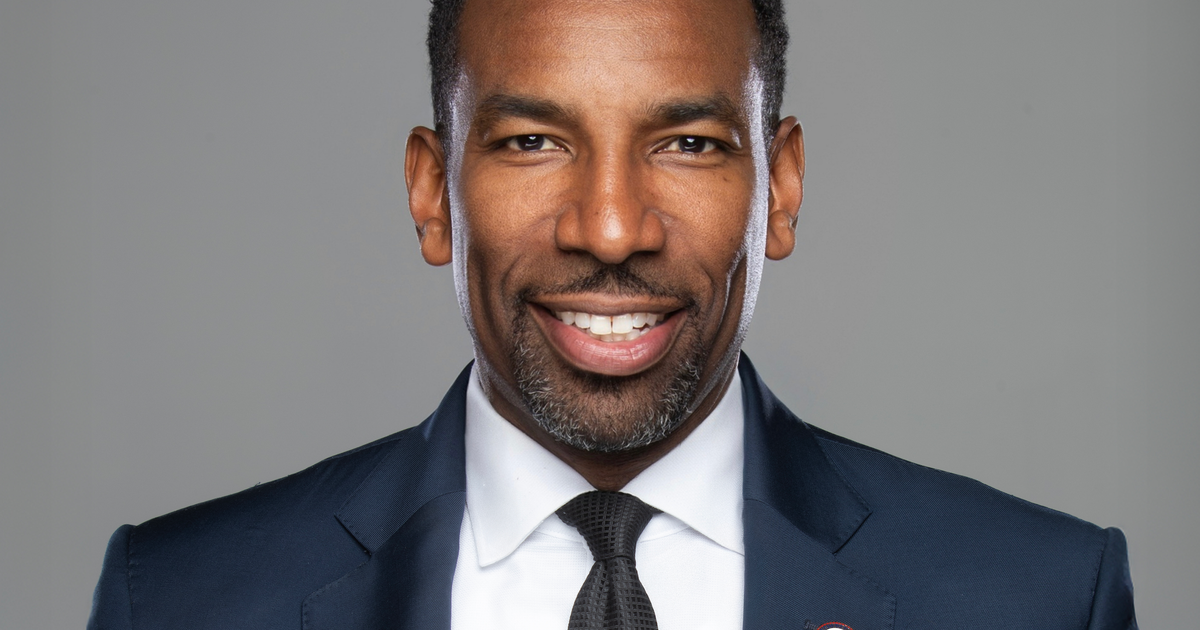How NYC congestion pricing could impact you after passing MTA vote
NEW YORK - New York City's congestion pricing plan got final approval from the MTA Wednesday. Here's what you need to know.
What is congestion pricing?
Congestion pricing is a fee to enter Manhattan's Central Business District. It's an effort by the MTA both to ease traffic congestion and raise much-needed funds to support mass transit. New York City's subway system is more than 100 years old and the MTA is hoping that by raising funds from congestion pricing, it will enable them to pursue important projects like revamping the subway signal system, which they believe will improve train service during rush hour and make trains less crowded by running trains closer together. Other high-cost projects the MTA is eyeing include electrifying the bus system, extending the Second Avenue subway and build a new light rail line called BQX for Brooklyn and Queens residents.
NYC congestion pricing map
Here's a map of the congestion pricing zone:
It runs from the southern tip of Manhattan through 60th Street, which encompasses the Queensboro Bridge, Queens-Midtown Tunnel, Williamsburg Bridge, Manhattan Bridge, Brooklyn Bridge, Hugh Carey Tunnel, Holland Tunnel and Lincoln Tunnel.
What are the fees?
Drivers are being asked to pay $15 toll to enter Manhattan below 60th Street. The toll will be enforced via license plate scanners 5 a.m.-9 p.m. on weekdays and 9 a.m.-9 p.m. on weekends. Motorcycles will pay $7.50 during the day to enter the zone.
Other tolls are as follows:
- Cars: $15 during the day/$3.75 at night
- Motorcycles: $7.50/$1.75
- Small trucks: $24/$6
- Large trucks: $36/$9
- Taxis: $1.25 surcharge per ride
- For-hire vehicles: $2.50 surcharge per ride
- Tour buses: $36
- Charter buses: $24
Drivers coming through the tunnels would receive a credit against the $15 fee.
- Cars: $5 credit
- Motorcycles: $2.50
- Small trucks: $12
- Large trucks: $20
Who is exempt from NYC congestion pricing?
There have been numerous calls for exemptions, particularly for public employees who drive their private vehicles to work, like first responders and teachers. Despite their push to be excused, they were denied exemptions. Under the new system, however, most drivers will nonetheless have to pay the new tolls.
- New York City school buses are exempt
- Commuter vans licensed by the TLC
- Buses providing scheduled commuter service to the public, including long-distance lines like Megabus and Greyhound and regional lines like the Hampton Jitney
- Approximately half of the city's 26,000 vehicles, dubbed "specialized government vehicles," which are needed to perform public work in the Central Business District
- Some drivers who earn less than $50,000
When will congestion pricing start?
The MTA is hoping congestion pricing will start in June, but first it has to contend with several ongoing lawsuits. Court hearings are scheduled for April 3 and 4 in New Jersey, followed by May 17 in Manhattan. Among the various groups who have challenged congestion pricing: New Jersey lawmakers, who filed suit claiming it would be a burden on those in the Garden State. In New York City, small business owners sued claiming an environmental impact study needed to be conducted.
The MTA has pushed back against all the lawsuits - around a half a dozen so far filed in three separate courts. MTA officials have said all of the litigation is effectively hamstringing their ability to make new improvements.








